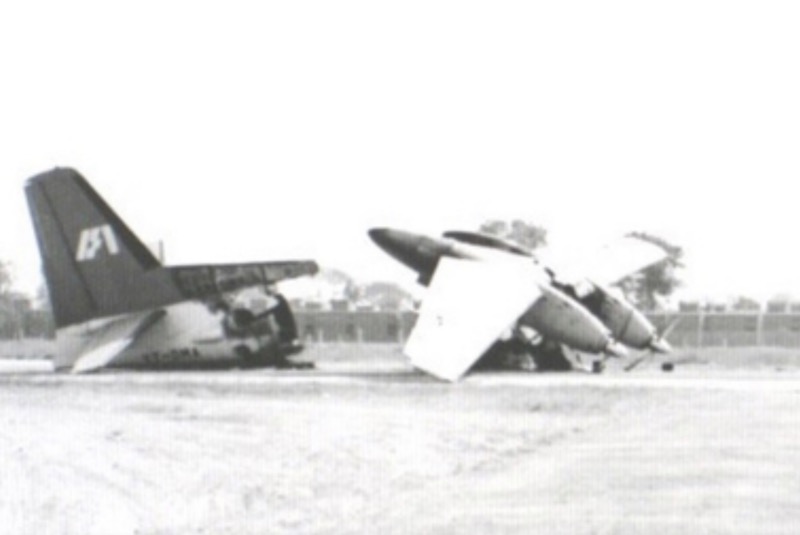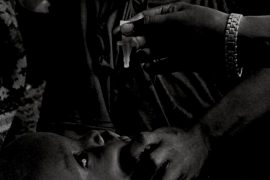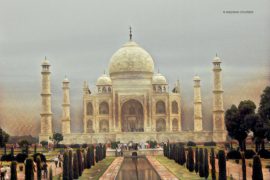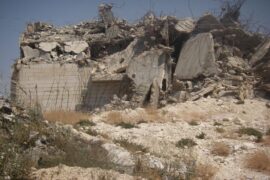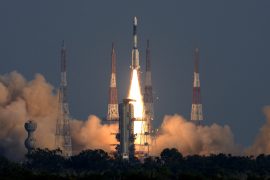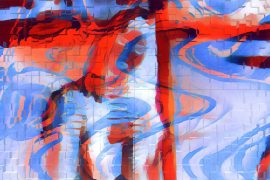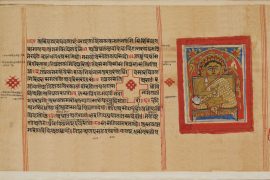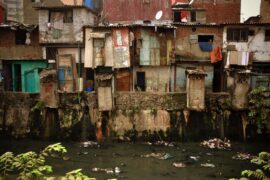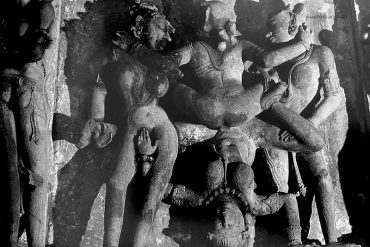On 30 January 1971, two Kashmiri men hijacked an Indian Airlines plane, Ganga, from Srinagar airport. They forced the pilot to land in Lahore, Pakistan. The two men, reportedly members of the Jammu and Kashmir Democratic Liberation Front (JKDLF), were hailed as ‘heroes’ by many in Pakistan.
The two men—Hashim Qureshi and his relative, Ashraf Qureshi—demanded the release of thirty-six members belonging to a terrorist organisation named Al-Fatah, who were in the custody of the Indian Government, in exchange for the freedom of twenty-six passengers on the plane.
Qureshi met Zulfikar Ali Bhutto, the opposition leader and Chairman of the Pakistan Peoples Party. After their meeting, the aeroplane was blown up. News channels in India widely covered the news, and the world believed that Pakistan had orchestrated the plan to hijack the aeroplane. Bhutto had made no comments either, and his silence further fuelled the suspicion. India banned all Pakistani aircrafts from flying over Indian airspace in 1971.
The entire situation proved to be convenient as it blocked General Yahya Khan, the President of Pakistan at the time, from sending their soldiers over to East Pakistan, which was on the verge of a civil war.
The Chief of Research and Analysis Wing (R&AW), R.N. Kao, was satisfied with the operation.
Hashim Qureshi was a rogue agent of R&AW who was assigned to infiltrate JKLF, a Pakistan-sponsored terror organisation that launched militant attacks in the name of liberation of Jammu and Kashmir from India. Qureshi was trained by ISI operatives to hijack a plane. However, in mid-January 1971, he was arrested by the Border Security Force (BSF) while crossing the border with arms.
Upon interrogation, Qureshi disclosed the plan of hijacking an Indian Airlines plane from Srinagar when Rajiv Gandhi, then a pilot with Indian Airlines, was to pilot the aircraft. Officers of the R&AW convinced Qureshi to work for R&AW and BSF to escape persecution.
He was instructed to carry on with the plan of hijacking the plane and was asked to demand the release of 36 Al-Fatah members and not give up control of the aeroplane until they secured a meeting with Bhutto. Kao had also instructed to blow the aircraft up after their meeting to make the act look legitimate.
Qureshi was sent to a safe house in Bangalore to ensure complete security of the plan. On 30 January, Qureshi and his relative hijacked the plane with nothing but a toy pistol and a grenade. The hijacking was broadcast to the entire world, and Pakistan had planned the whole ordeal as an act of terrorism.
When Qureshi and Bhutto met, the passengers were released before the aeroplane was blown up. All the passengers and crew members were returned to India by road. However, it was later found out that it was not Qureshi who had blown the aeroplane but the ISI operatives. While Qureshi was given political asylum initially, it was soon realised that the two Qureshi did not belong to Kashmir’s freedom movement.
An inquiry commission was appointed for the case. However, by then, the world had already perceived Pakistan as the culprit, and India had disconnected the direct air routes from west to east Pakistan.
The two operatives, who were initially hailed as heroes, were soon prosecuted for working with Indian intelligence and were sentenced to imprisonment. While Ashraf Qureshi was released during the Bhutto regime, Hashim Qureshi was detained for nine years and released in 1980. Hashim flew to Holland and returned to India a few years later and was reportedly detained for the 1971 hijacking.
Hashim’s position on the event has spun controversies. He has maintained that he was not a part of R&AW and his only goal in hijacking the aeroplane had been a demonstration of true Kashmiri patriotism. In a letter to Kashmir Times, Hashim condemned their article, which revealed the plan of the operation through the author of The Samba Spy Case, B.M. Sinha. He had once again claimed to be a Kashmiri patriot dedicated to the cause of liberation of Kashmir.
Hashim had also argued that he was one of the founding members of the Jammu and Kashmir Liberation Front (JKLF), and during the hijack, he had not asked to meet with Bhutto, but they met out of circumstances. It was ISI that had set fire to the plane rather than the two Qureshi, as the R&AW claimed to be what they had planned.
The editor of Kashmir Times wrote back to Hashim, counter-arguing his claim not to have been a part of R&AW. The editor pointed out that Hashim had not only previously admitted to his arrest by the BSF while crossing the LOC but had also revealed a letter of appointment as a sub-inspector at the airport.
Further arguments were made to disqualify Hashim’s claim as a founding member of JKLF as the organisation was established in the UK in 1977, which Hashim claimed was formed in Rawalpindi in 1982.
Thirteen years later, former R&AW officer R.K. Yadav published his book Mission R&AW, which clearly explains how Hashim was persuaded to work with them and carry out the mission. The conspiracy was orchestrated keeping in mind that Yahya Khan was planning to suppress the political movement of Mujib in East Pakistan by sending armed troops by air. Due to diplomatic reasons, India could not have directly stopped the flights from Pakistan over Indian airspace; the plan provided a ripe opportunity.
Yadav said the United States government secretly supplied air transport via Sri Lanka and the Himalayan range after this incident. However, the hijack proved successful as it delayed the arrival of the Pakistan army in the east.
Despite Hashim Qureshi’s claims that he did not coordinate with the R&AW, Yadav says he was provided with “all sorts of help for his rehabilitation in the Netherlands.” Hashim’s arrest in India in 2000 supported his claim: Why was he arrested if he served the R&AW?
However, Yadav says due to the secrecy of his operation, the legal system could not acknowledge him. Hashim had become a scapegoat for the game played between India and Pakistan as he was prosecuted in both countries. Yadav claimed that R&AW is taking care of his needs, and in 2014, he was involved in social welfare programmes for Kashmiris.
-30-
Copyright©Madras Courier, All Rights Reserved. You may share using our article tools. Please don't cut articles from madrascourier.com and redistribute by email, post to the web, mobile phone or social media.Please send in your feed back and comments to editor@madrascourier.com

